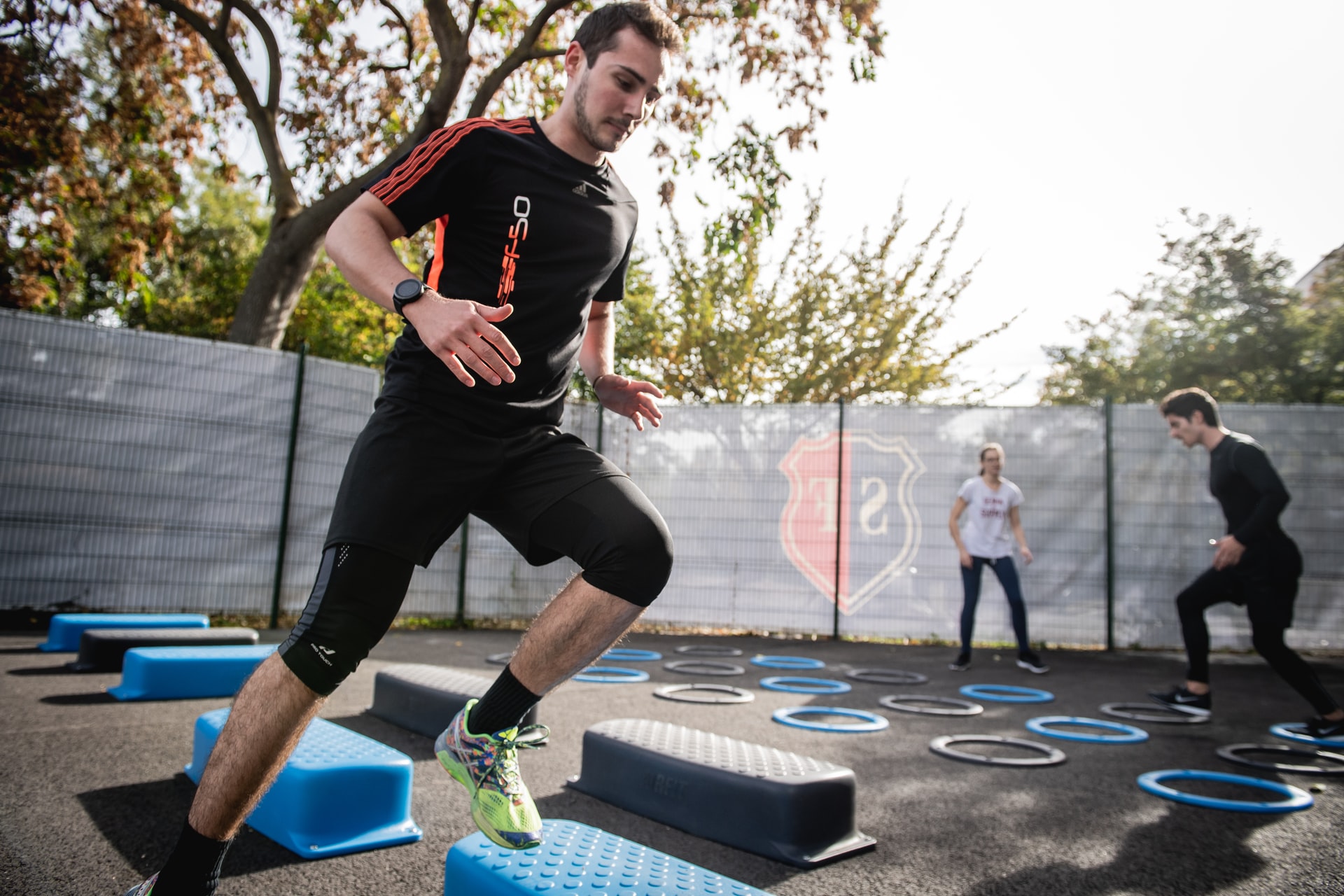Surveys show that very few Americans know how much exercise they’re supposed to get. But many people are familiar with the advice to walk 10,000 steps a day. And it’s not unusual to see followers of this directive constantly checking their Fitbits in hopes of achieving the magic number and then announcing it to everyone within earshot when they do.
Certainly anything that gets people to move more is laudable. But it turns out that the 10,000-steps-a-day guideline is overly simplistic and based more on marketing than sound science. The concept originated in the 1960’s with a Japanese manufacturer of a pedometer called manpo-kei, which translates to “10,000 steps meter.” It’s thought that the number 10,000 was chosen because of its exalted status in Japanese culture.
What research shows is that getting fewer than 5000 steps a day equates to being sedentary and that adding 3000 to this baseline, for a total of 8000 steps, is enough to meet the standard exercise recommendations for healthy adults. But there are two key requirements: 1) The 3000 additional steps need to be taken at a relatively brisk pace of at least 100 per minute; and 2) They need to be done in increments of at least 10 minutes.
If you don’t meet both of these conditions, you could be falling short, even if you get 10,000 steps. For example, in a study of people who had osteoarthritis of the knee or were at high risk for it, https://www.archives-pmr.org/article/S0003-9993(12)01202-6/fulltext more than 75 percent of those who walked at least 10,000 steps a day failed to meet the exercise guidelines.
On the other hand, if you walk briskly and in spurts of 10 minutes or longer, fewer than 10,000 steps may suffice. Whatever the number, try to increase it by setting progressively higher goals for yourself. And for extra credit, use stairs whenever possible. Whether you’re going up or down, you burn more calories per minute than by walking on flat ground.
Speaking of burning calories, don’t count on your fitness tracker to give you an accurate calorie reading. In a study of four popular devices, https://europepmc.org/abstract/med/27015387 two worn on the wrist and two on the hip, the trackers overestimated calories burned during walking and jogging. As for step counts, the numbers are more believable: Research shows that fitness trackers, as well as smartphone apps and simple pedometers, are generally accurate at counting steps.
While many people find that tracking steps with these devices motivates them to be active, you don’t need to do so to stay fit. If you’re not into counting steps, just try to move as much as you can, for a total of at least 30 minutes on most days.




